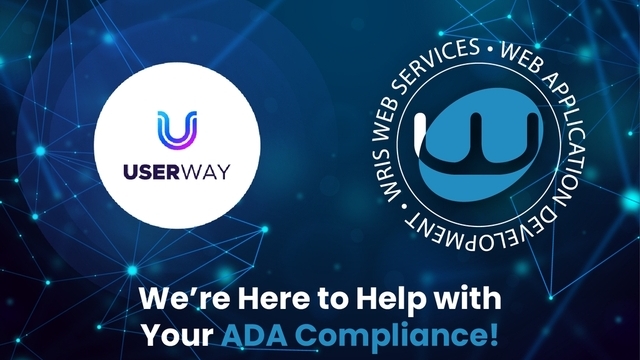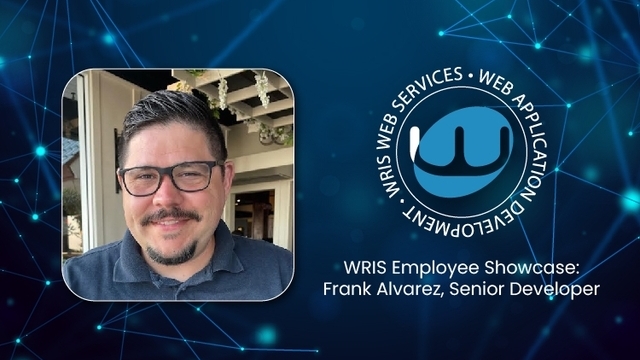
We get a lot of questions about search-engine optimization, or SEO, and almost all of them reveal some level of misunderstanding. That’s understandable. SEO is complicated, and it changes frequently — sometimes radically.
Nearly everyone grasps the goal of SEO: to increase the odds of appearing at or near the top of the list when someone searches for the goods or services you offer. Research has shown for years that few search-engine users venture past the first page of results, and the preference for the top two or three results is rising as more people access the Internet through mobile devices.
But how do you get there? There is no simple answer. Effective SEO is not entirely about keywords and metatags and other technical tweaks. Nor is it solely about content or social media or inbound links. It’s about all of those things, and more, as the graphic accompanying this article (http://ecommerce-platforms.com/ecommerce-selling-advice/seo-for-ecommerce-2014) captures nicely. There is no one path to success, and what works for one organization won’t necessary work for another.
The one undeniable truth: it’s not easy. As Forbes put it recently (http://www.forbes.com/sites/quickerbettertech/2014/08/04/will-google-my-business-kill-seo): “Today, the Internet has evolved to the point where there are really only two types of winners in the race for page 1 of a Google search: the big companies with lots of money and the small businesses with lots of time.” (It’s worth noting here that paid placement does not guarantee results, and should be part of a broader SEO strategy.)
Google’s search algorithm uses hundreds of factors, many of which are kept secret. Google constantly tinkers with the formula in an effort to improve search results for users, and in recent years that’s meant rewarding sites with quality content, and punishing those without it. Last year Google abruptly tightened the rules regarding inbound links, a response to the kudzu-like spread of content spam and other loophole-exploiting practices. There has always been an element of a popularity contest to Google, and always will be. The difference today is that it’s not how many people “like” you (as expressed through inbound links), it’s who they are. Links from news organizations, independent blogs and other people’s social media accounts help your ranking; Google assumes that these reflect well on the quality of your content. Links from uncurated press release aggregators and comments sections not only don’t help anymore, they can hurt.
“Google’s ongoing algorithm updates mandate that the website content must be deep, relevant, unique and engaging,” according to a Hospitality.net article (which also provides a thorough overview of those updates (http://www.hospitalitynet.org/news/4066599.html). “Search engines are now looking for strong editorial content, as quality content has taken center stage over the past 24 months, making it imperative to have strong copy supported by a focused SEO strategy.”
But the old, straightforward technical details still matter too. This may sound self-serving, but typically we can do a better job of SEO for a client when we build the web site from scratch than when we’re working with an existing site. Some of what makes a site appealing to Google — URL format and page structure, for example — is best built right into the architecture, rather than added on later. And related, the site must provide what visitors are looking for. This sounds obvious, but there are all sorts of factors related to structure and content that can drive away a visitor, possibly for good. A restaurant with great food and clever marketing will still suffer if the service is bad, and your SEO efforts are wasted if visitors don’t like the experience your site offers. This is why ongoing review of traffic data is another important element of a robust SEO strategy.
“Today sites with excellent quality content can often outrank sites with deep technical SEO work, and lesser quality content,” says Duane Forester of Bing (http://www.forbes.com/sites/jabezlebret/2014/08/20/seo-update-there-is-a-difference-between-data-and-wisdom/). “We’re about at the tipping point where businesses are starting to realize that areas of investment such as usability testing, content development, and aligning with customer input are more important that determining what to write in the H1 tags. Success, however, results from a mixed, balanced approach to things.”



